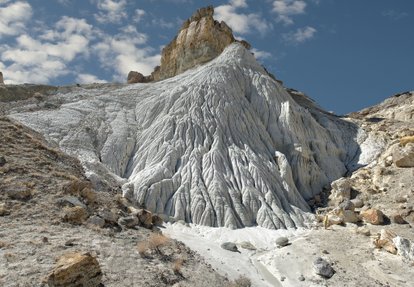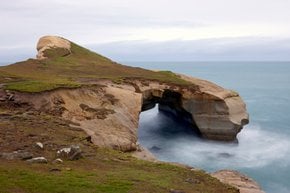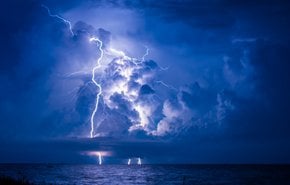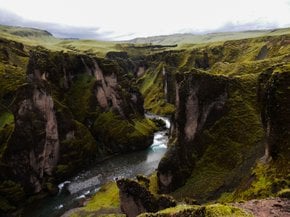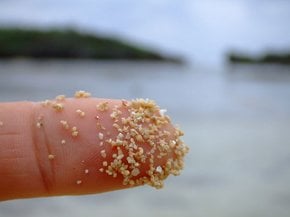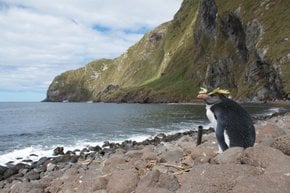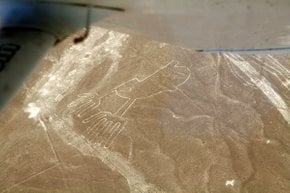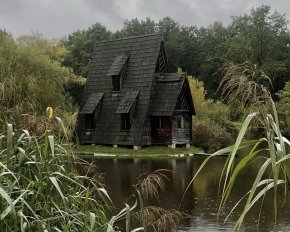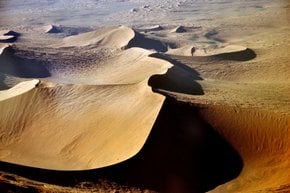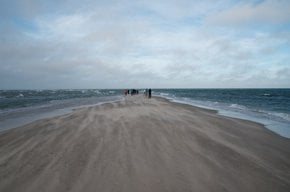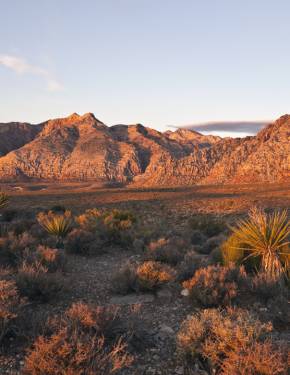Wahweap Hoodoos Trail in Utah 2026
Sculpted by nature over millions of years, these capped white columns are an intriguing geological phenomenon,
Best time: March–May | September–November
The Wahweap Hoodoos Trail offers visitors a chance to explore some of Utah's most distinctive rock formations. These white stones, resembling goblins, ghosts, toadstools, and other curious shapes, are crafted by nature's artistry through the sun and wind. Nestled near the small settlement of Big Water, these geological marvels are part of the Grand Staircase-Escalante National Monument.
Trail Access and Conditions
The Wahweap Hoodoos are accessible via a trail that begins near Big Water, Utah. The primary approach starts at a two-wheel drive (2WD) parking area near Wahweap Creek. For those with four-wheel drive (4WD) vehicles, parking closer to the trailhead is possible, reducing the initial hiking distance.
The hike to the hoodoos is approximately 9 miles (14.5 km) round trip, and visitors should allocate 4-5 hours to complete it. While the trail is relatively flat, it traverses open terrain, which can become challenging under the sun. Due to milder temperatures, spring, fall and winter are the most recommended seasons for visiting.
Unique Geological Features
The Wahweap Hoodoos are known for their striking formations, created by a combination of hard Dakota Sandstone caps and softer Entrada Sandstone columns. The formations vary in shape and size, ranging from broad, short structures to slender, tapering spires. One of the most photographed sections, the "Towers of Silence," lies approximately 4.3 miles (6.9 km) into the hike. These white hoodoos are particularly notable for their intricate textures and stark contrast against the surrounding desert landscape.
What to Do on the Trail
Hiking and photography are the primary activities on the Wahweap Hoodoos Trail. The formations’ unique shapes and colors make them a favorite subject for nature photographers. Along the way, hikers can also explore smaller slot canyons formed by tributaries of Wahweap Creek. These slots offer brief detours but are less visually striking than the hoodoos themselves.
Suitability for Families and Pets
The trail’s length and lack of shade make it less suitable for young children or pets, especially during hotter months. For those considering bringing pets, they must be leashed and supplied with ample water. Families with older children or experienced hikers may find the trail rewarding but should be mindful of the time and physical demands.
Getting There
Big Water is situated along Highway 89, about 50 miles (80,5 km) east of Kanab, Utah, and 60 miles (97 km) west of Page, Arizona. The trailhead is accessed via unpaved roads, which may be challenging after heavy rain. Visitors should ensure their vehicles are suited for gravel paths, particularly if they plan to use the 4WD parking area. For those traveling from major cities, the Wahweap Hoodoos are roughly a three-hour drive from the Grand Canyon’s South Rim.
Local Amenities and Infrastructure
Visitors should note that no guided tours or rental equipment are available directly at the trailhead; it’s a self-guided experience requiring preparation and supplies. Visitors should come prepared with sufficient water, snacks, and sun protection. Camping and lodging options are available in nearby towns like Page and Kanab, which also offer restaurants, grocery stores, and other amenities. The area around Wahweap Creek does not permit camping, and open fires are prohibited to protect the natural environment.
History
The hoodoos’ formation is attributed to millions of years of erosion, where softer sandstone layers were shielded by harder rock caps. The result is a dramatic landscape that appears almost otherworldly. These formations are part of the Entrada Sandstone, dating back approximately 160 million years, while the capstones are even older at around 100 million years.
Despite their age, the hoodoos remain relatively unknown compared to other attractions in the region, providing a quieter alternative for visitors seeking solitude.


